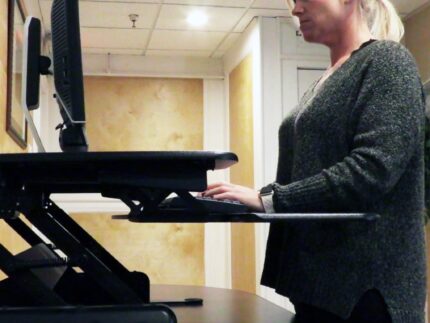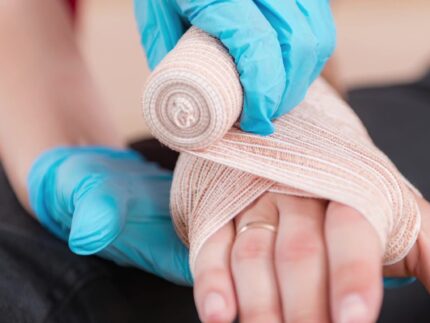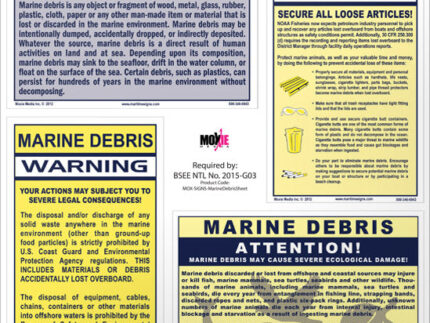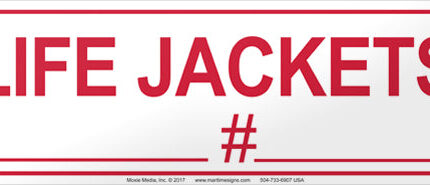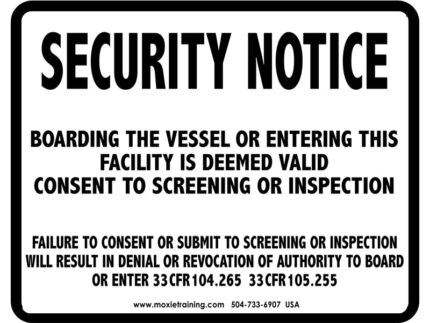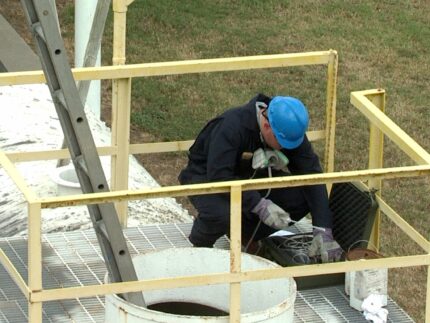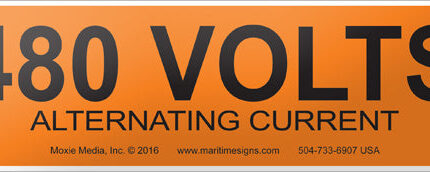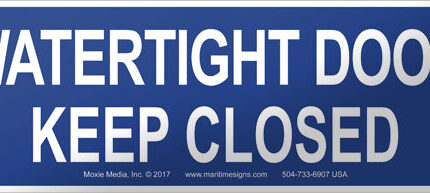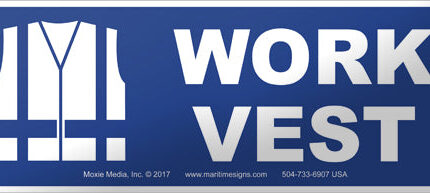CBES® – Certified Behavioral-based Ergonomic Specialist – Certification Program
Program Preview
Course Overview
Developed by Dr. Richard W. Bunch, Ph.D, P.T., C.B.E.S. neuroscientist, licensed physical therapist, and ergonomic specialist with over 40 years of experience, the CBES® online certification program teaches you the skills to conduct ergonomic assessments.
CBES® is a proprietary ergonomics certification that was first patented and trademarked in 2004. The CBES® credentialing course is a unique training and education based on published scientific research and is consistent with OSHA ergonomic guidelines and medical best practices.
Taught by clinical ergonomic specialists, students will learn the underlying physiological impact on the human body created by appropriate integrated ergonomic and wellness interventions.
This online course trains the student in methods to modify work behaviors, in conjunction with ergonomics engineering principles, to achieve maximum results as an ergonomic specialist.
The behavioral component gives students methods to educate employees on the reasons underlying each and every ergonomic modification of the work process. This approach helps ensure maximum compliance with CBES® ergonomic interventions.
Benefits of CBES® Certification include:
- Improve health
- Increase productivity
- Prevent costly injuries
- Accommodate aging workers
- Reduce Workers Comp
- Improve OSHA compliance
- Reduce insurance premiums
Curriculum
This comprehensive curriculum program takes a clinical approach to understanding the real world ergonomic and wellness issues facing today’s workforce.
The curriculum includes:
- Section 1: Introduction to Ergonomics and Occupational Wellness
- Section 2: Clinical Anatomy and Musculoskeletal Disorders
- Section 3: Risk Analysis and Ergonomic Assessment of Office Workstations
- Section 4: Field Ergonomics Part 1: Repetitive Motion, Posture, Vibration, Contact Stress, and Environment
- Section 5: Field Ergonomics Part 2: Interventions Addressing Force Demands During Lifting, Carrying, Pushing, and Pulling
- Section 6: Fit For Duty – Matching Employees to Essential Functions of a Job
Credentialing Process
In order to become CBES® credentialed, each student, upon completion of the online CBES® course, must be able to successfully pass the multiple choice final examination and demonstrate real world competence in conducting both office and field ergonomic assessments according to the following criteria:
First complete the CBES® Examination: The multiple-choice CBES® examination is administered to test the student’s knowledge of the key points addressed in the 12.5 hour online CBES® course. A passing score of 80% is required. A scores below 80% requires a re-take examination and requires a resulting passing score to continue the credentialing process. If a student does not pass the final examination after their second attempt, they must re-register, pay, and take the course from the beginning.
Second pass the post exam CBES® Ergonomic Assessments: Each student desiring to be credentialed will be asked to complete 5 office and 5 field ergonomic examinations. The forms required to complete these assessments can be found in the Content Folder of your Curriculum. Assessments for both office and field evaluations are required.
- (5) Office Ergonomic Assessments: The CBES® Office Ergonomic Evaluation form provided with the CBES® course curriculum must be used for all office ergonomic assessments for credentialing. Photographs must accompany the report that clearly show before and after ergonomic interventions.
- (5) Field Ergonomics Assessments: The CBES® Field Ergonomic Evaluation form provided with the CBES® course curriculum must be used for all field ergonomic assessments for credentialing. Field ergonomic assessments can be based on a specific job task or job task cycle. Different job tasks or job task cycles from the same work environment can be provided to satisfy the criteria for credentialing. Photographs are required that clearly show the job task or work cycle being addressed for interventions. Since some field ergonomic interventions such as implementing engineering controls, cannot always be implemented in a timely manner, post-ergonomic intervention photos for those particular recommended ergonomic interventions in the field are not required.
At least one of the five field ergonomic assessments must show application of the NIOSH lift equation and at least one of the five field ergonomic assessments must show the use of the REBA form. Completed NIOSH Lift Equation and REBA work sheets (provided in the CBES® course) must be submitted along with the field ergonomic assessment forms. If you have any questions concerning the assessment process and submittal please feel free to contact Dr. Bunch for guidance.
These reports should be submitted at the website cbes-ergonomics.com, using the CBES® Student File Upload form. This form will allow you to create a new folder name and add your completed assessment files to that folder. Once all files have been selected you can click Submit to upload your files.
Deadline for Ergonomic Report Submissions: A maximum period of 6 months following the date of the CBES® course completion is allowed for report submissions.

